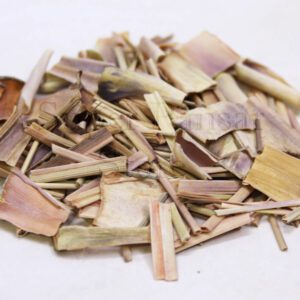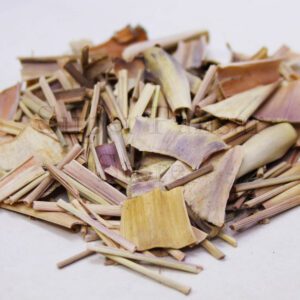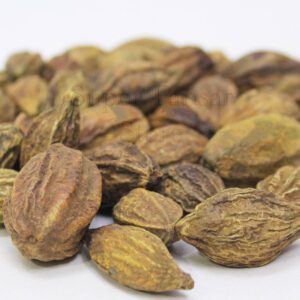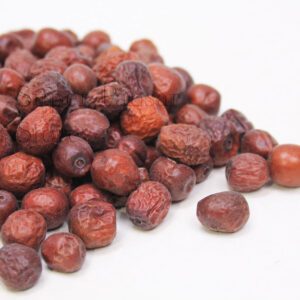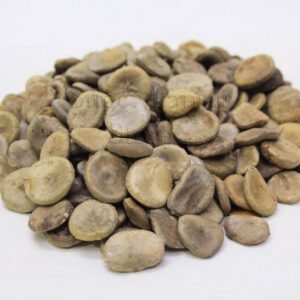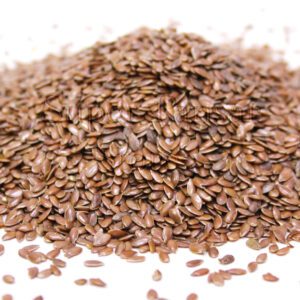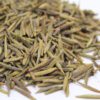Wrightia Tinctoria Seeds (Pala Indigo /Indarjo Shireen) اندرجو شیریں
₨ 200 – ₨ 2,050
Overview
Wrightia tinctoria seeds, commonly known as “Indrajau Shireen” or “Dyer’s Oleander” seeds.
Wrightia tinctoria is a small, deciduous tree with a light gray, scaly smooth bark.
Sweet Indrajao is called dhudi (Hindi) because of its preservative nature.
The wood of Sweet Indrajao is extensively used for all classes of turnery.
It is made into cups, plates, combs, pen holders, pencils and bedstead legs.
Benefits
Here are some of the potential benefits associated with these seeds:
Anti-inflammatory Properties:
Wrightia tinctoria seeds are believed to possess anti-inflammatory properties, which may be beneficial in reducing inflammation in the body.
Anti-diabetic Effects:
Some traditional uses suggest that the seeds may have anti-diabetic properties and could help in managing diabetes.
However, more research is needed to establish the extent of these effects.
Antimicrobial Activity:
The seeds are traditionally used for their antimicrobial properties. They may have the potential to combat certain microbial infections.
Skin Conditions:
In Ayurvedic medicine, Wrightia tinctoria seeds are used in formulations for treating various skin conditions, including eczema and psoriasis.
Digestive Support:
Traditional uses include the use of these seeds to address digestive issues. They may have a role in promoting digestive health.
Dyeing Properties:
While not a health benefit, the seeds are also used for dyeing purposes.
The red dye obtained from the seeds is used in textile industries.
Additional information
| Form | Whole (ثابت), Grounded (کٹی ہوئی), Powder (پسا ہوا) |
|---|---|
| Weight | 50 Grams, 100 Grams, 250 Grams, 500 Grams, 1000 Grams |



